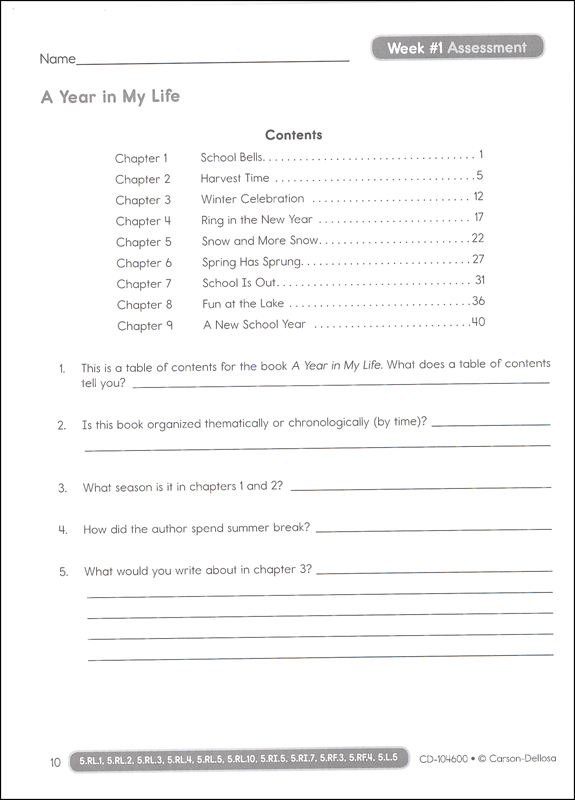
To this end, 100 Iranian EFL learners, between 16-40 years old, studying at Shokouh Institute at Bandarabas, Iran, were selected. The present study aimed at investigating interrelationships among EFL learners’ vocabula ry-learning-strategies, autonomy, and reading-comprehension. In short the integration of Facebook into the intensive English as a Foreign Language (EFL) course for adult learners, enriches the teaching-learning experiences. It is also believed to cater to a flexible and motivating language learning environment for the current day youths. The findings of the study indicated that Facebook is perceived as an effective teaching means in terms of both delivery and pedagogy in an Immersion English course. The analysis of the data was done qualitatively. Data for the study was collected via a teacher’s teaching journal followed by a recorded interview conducted with ten students in the pre-intermediate level at the Limkokwing English Centre. The study aims to investigate the effectiveness of Facebook as a language teaching tool in Immersion English courses and examine the role of Facebook in new learning spaces and with today’s learners. In this study, the adoption of Facebook as an additional tool in teaching communicative English skills to prepare international students from non-English speaking countries for tertiary education in Malaysia is discussed based on the Leapfrog Principle.

Key words: corrective feedback, uptake, repair, learners‘ perception, teachers‘ perceptionīlended learning focuses on combining a specific percentage of online curriculum and instruction in a face-to-face setting. These results are discussed in relation to the hypothesis that L2 learners may benefit more from retrieval and production processes than from only hearing target forms in the input. Consequently, rates of learner uptake and immediate repair of error are low in this classroom. The results reveal a clear preference for implicit types of reformulative feedback, namely, recasts, leaving little opportunity for other feedback types that encourage learner-generated repair.

The present study draws on 20 minutes transcribed interaction, comprising 351 student turns and 224 teacher turns, coded in accordance with the categories identified in Lyster and Ranta‘s (1997) model of corrective discourse. The present study examines the range and types of feedback used by the teacher and their relationship to learner uptake and immediate repair of error. Researchers have suggested that interactional feedback is associated with L2 learning because it prompts learners to notice L2 forms. A number of experimental studies have supported this claim, connecting interactional feedback with L2 development. Second language acquisition researchers have claimed that feedback provided during conversational interaction facilitates second language (L2) acquisition.


 0 kommentar(er)
0 kommentar(er)
